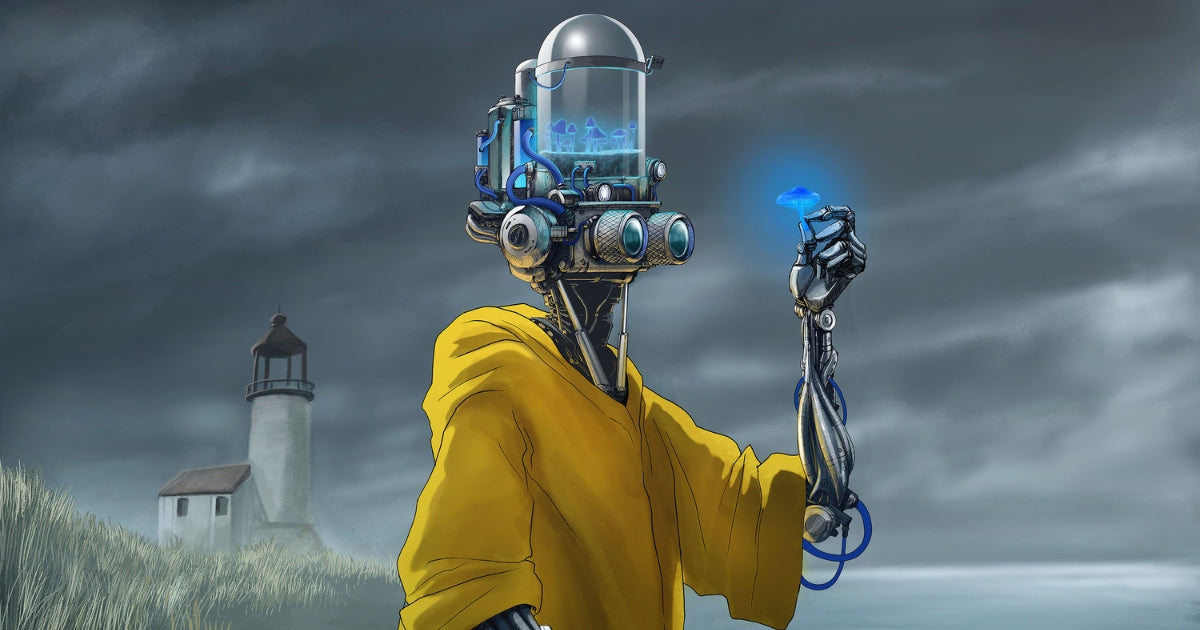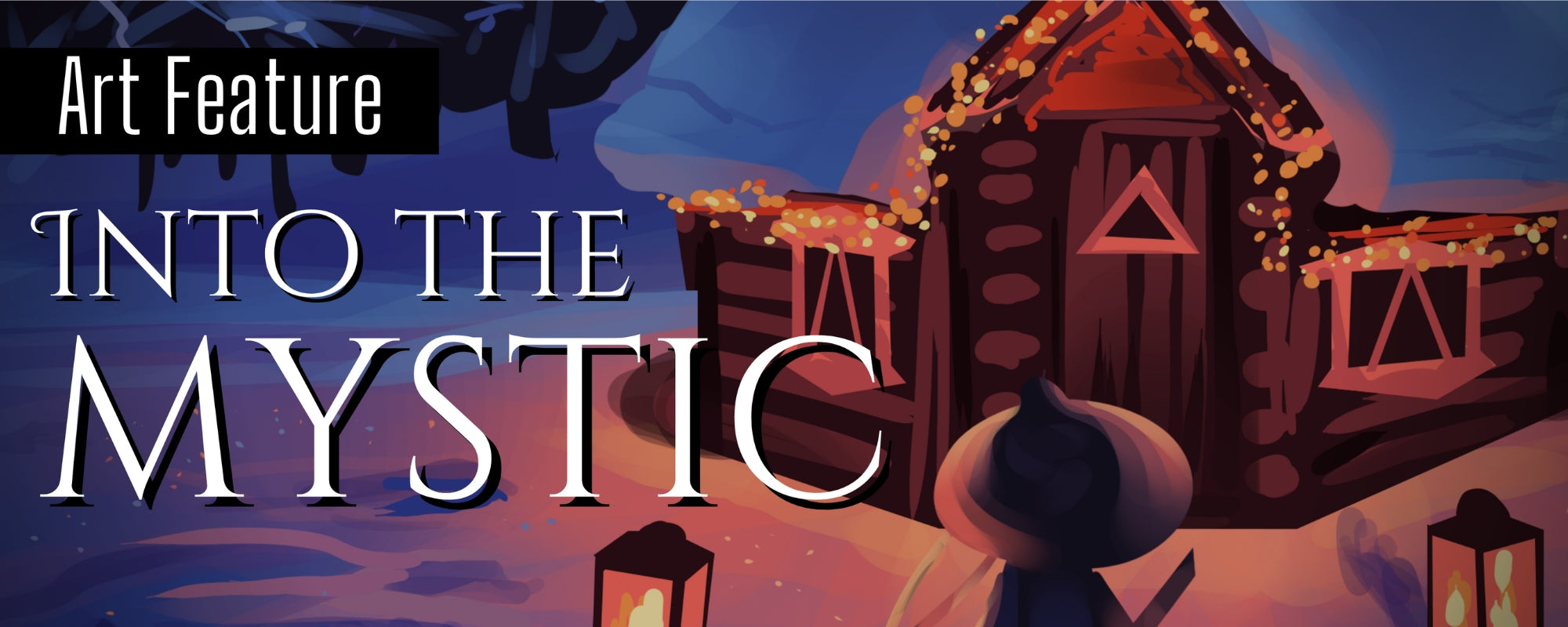

Art Feature: Into the Mystic
Feature by Rob Carroll
Ukranian artist Jennifer Sikora’s illustrations radiate love and affection for Ukrainian folklore and culture during a time of great suffering for the nation, and for this reason, I believe them to be beautiful acts of courage and fortitude. Confronted with great destruction, Jennifer has instead chosen to create.
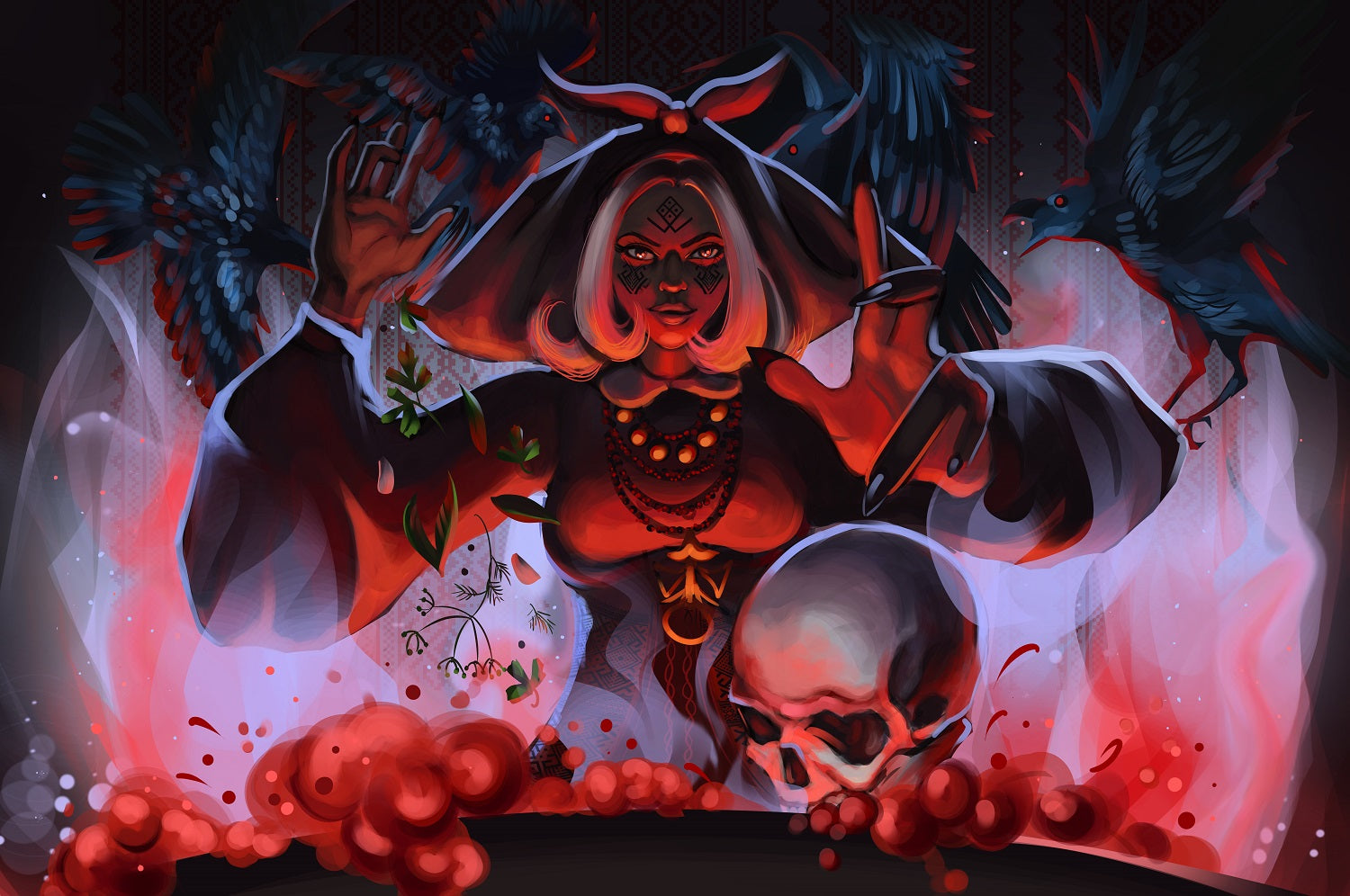
Witch's Borscht

Witch's Cabin

Volya
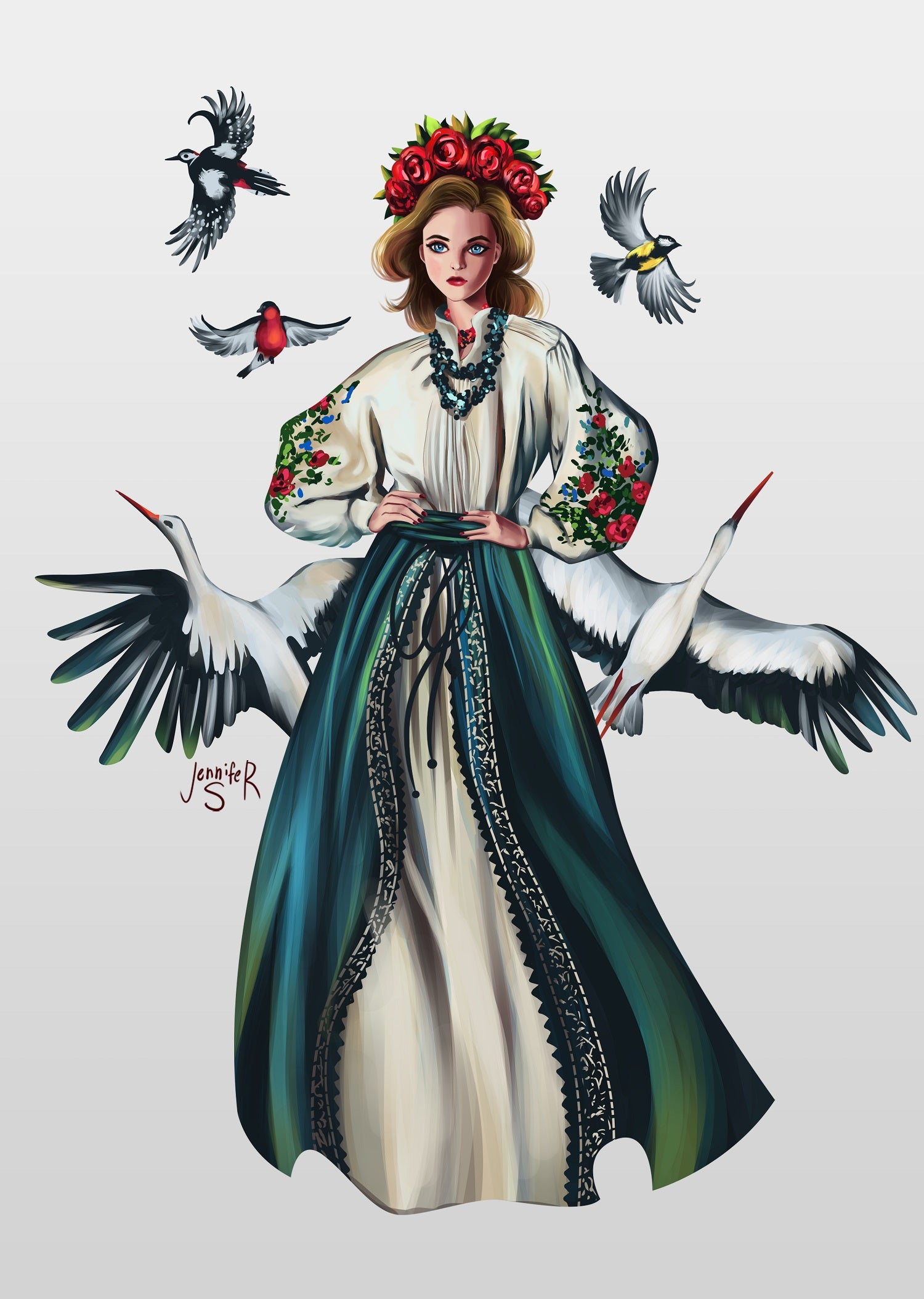
Stand with Ukraine 1
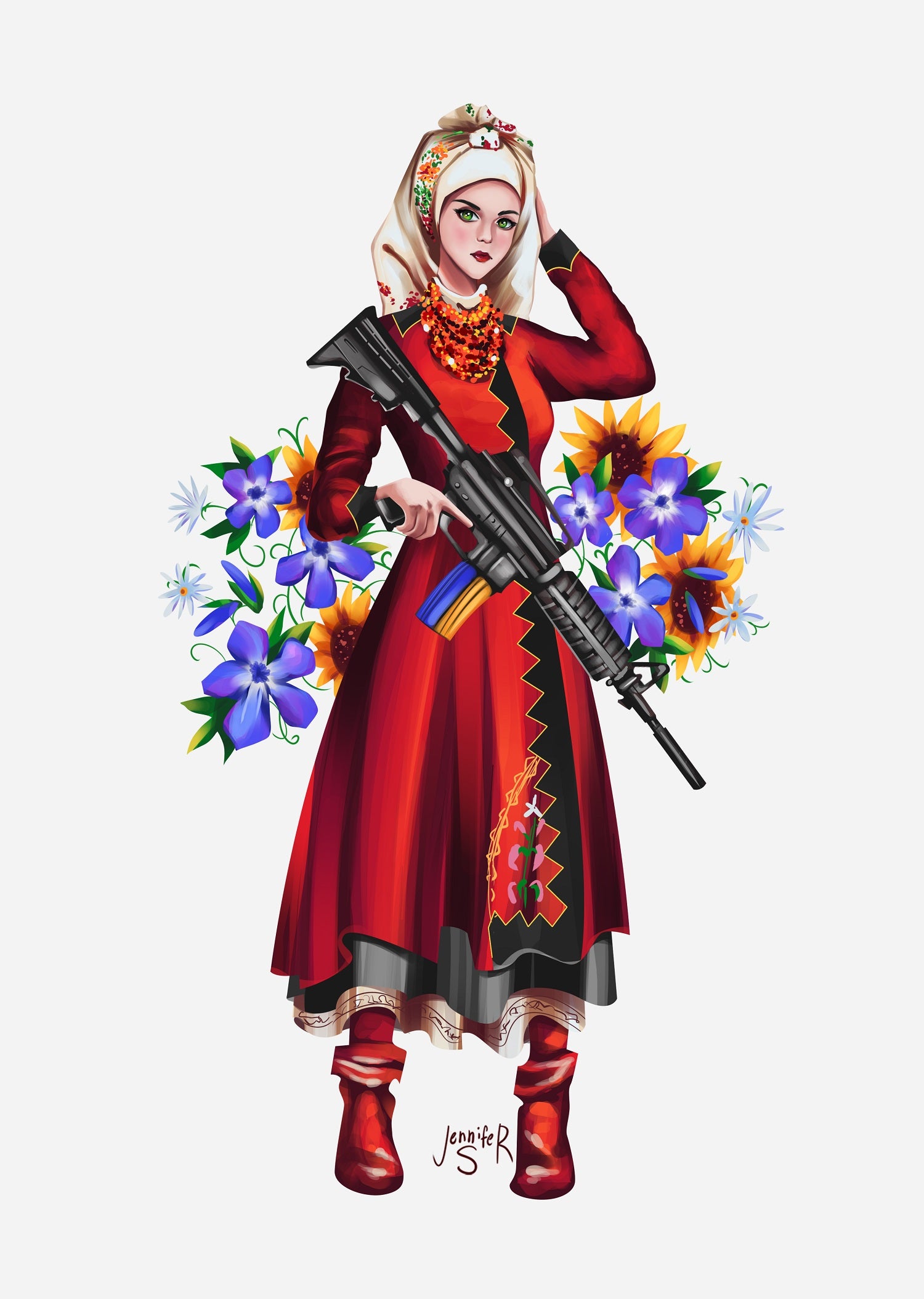
Stand with Ukraine 2
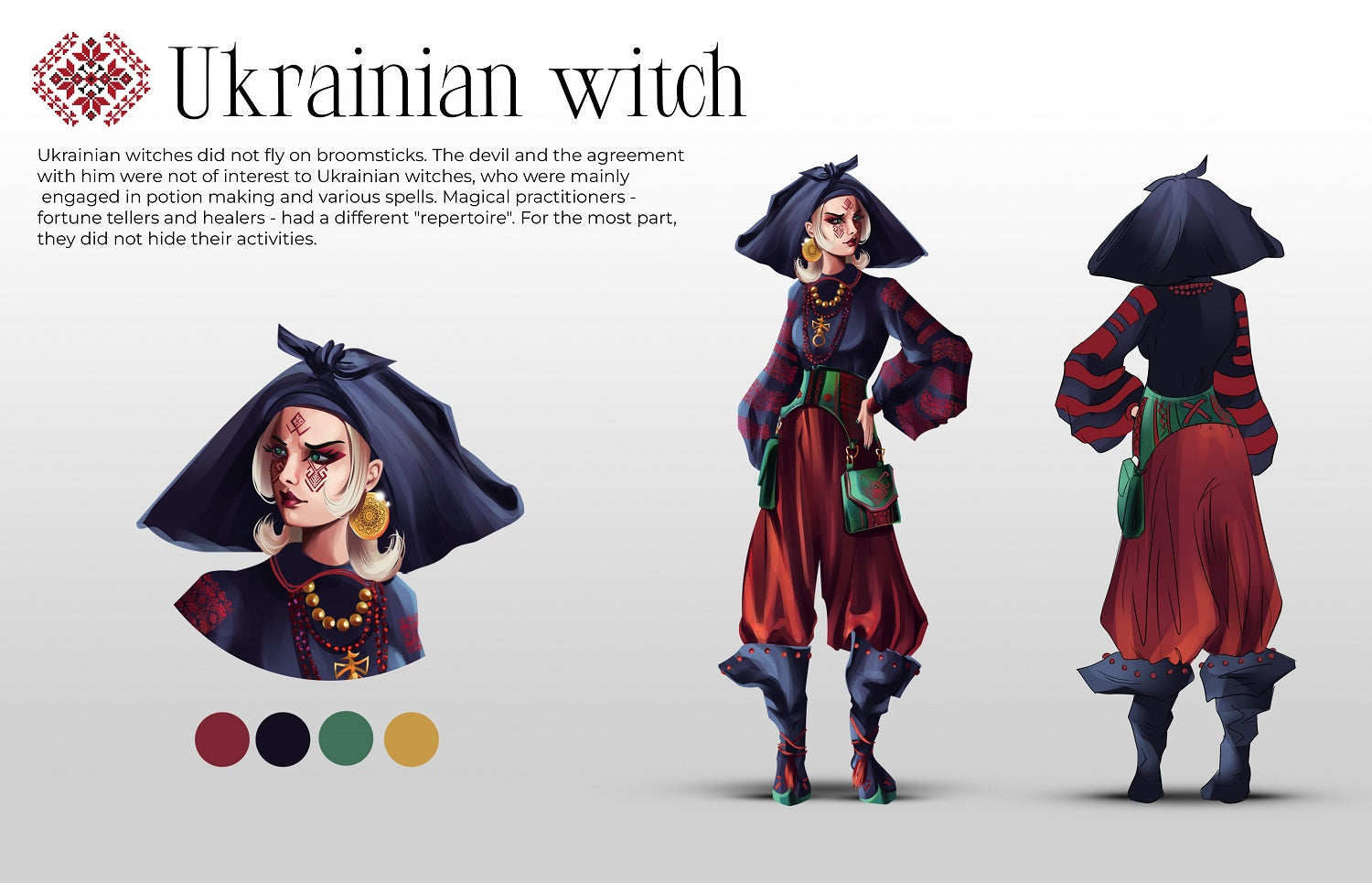
Ukranian Witch
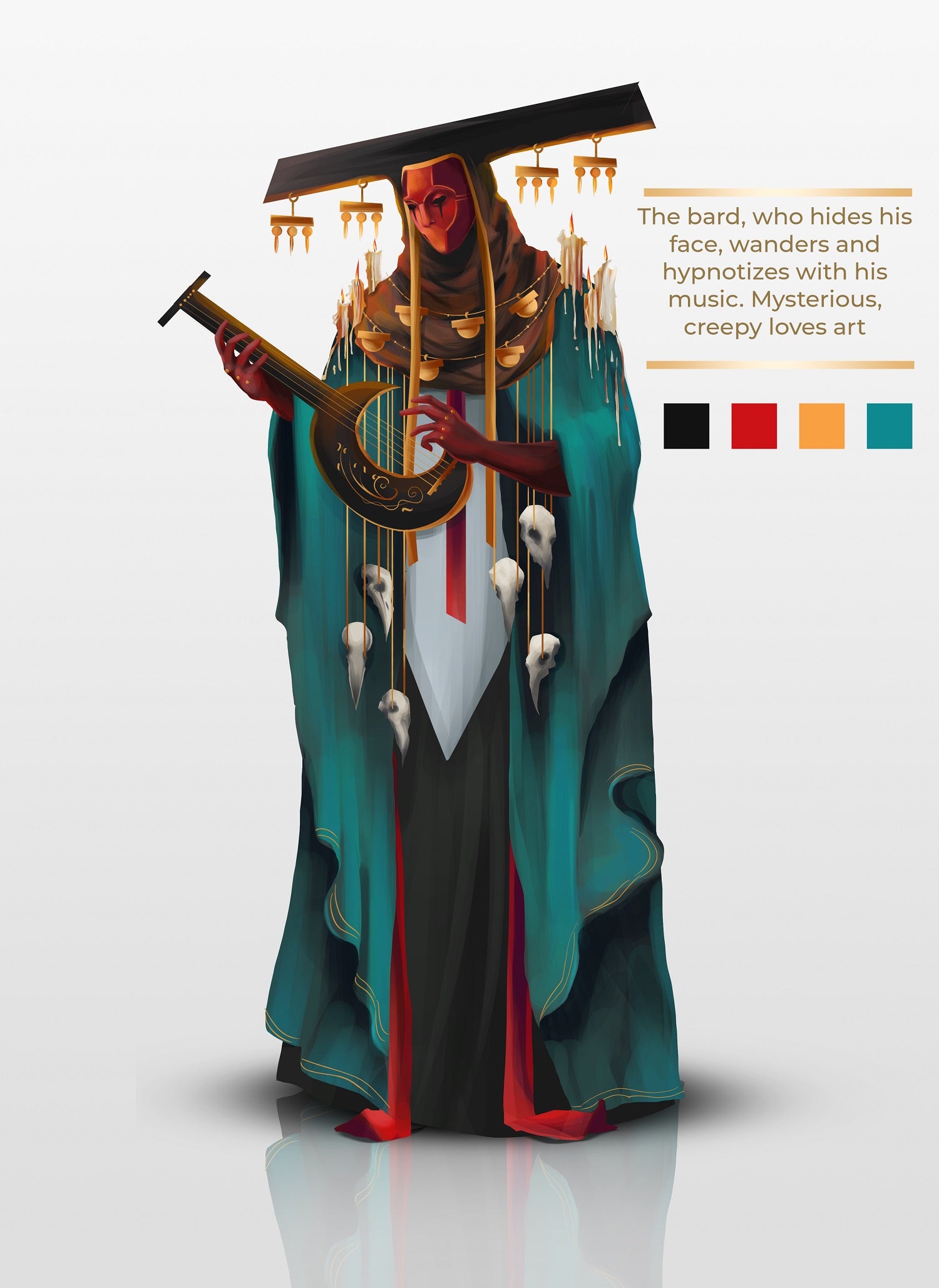
The Bard
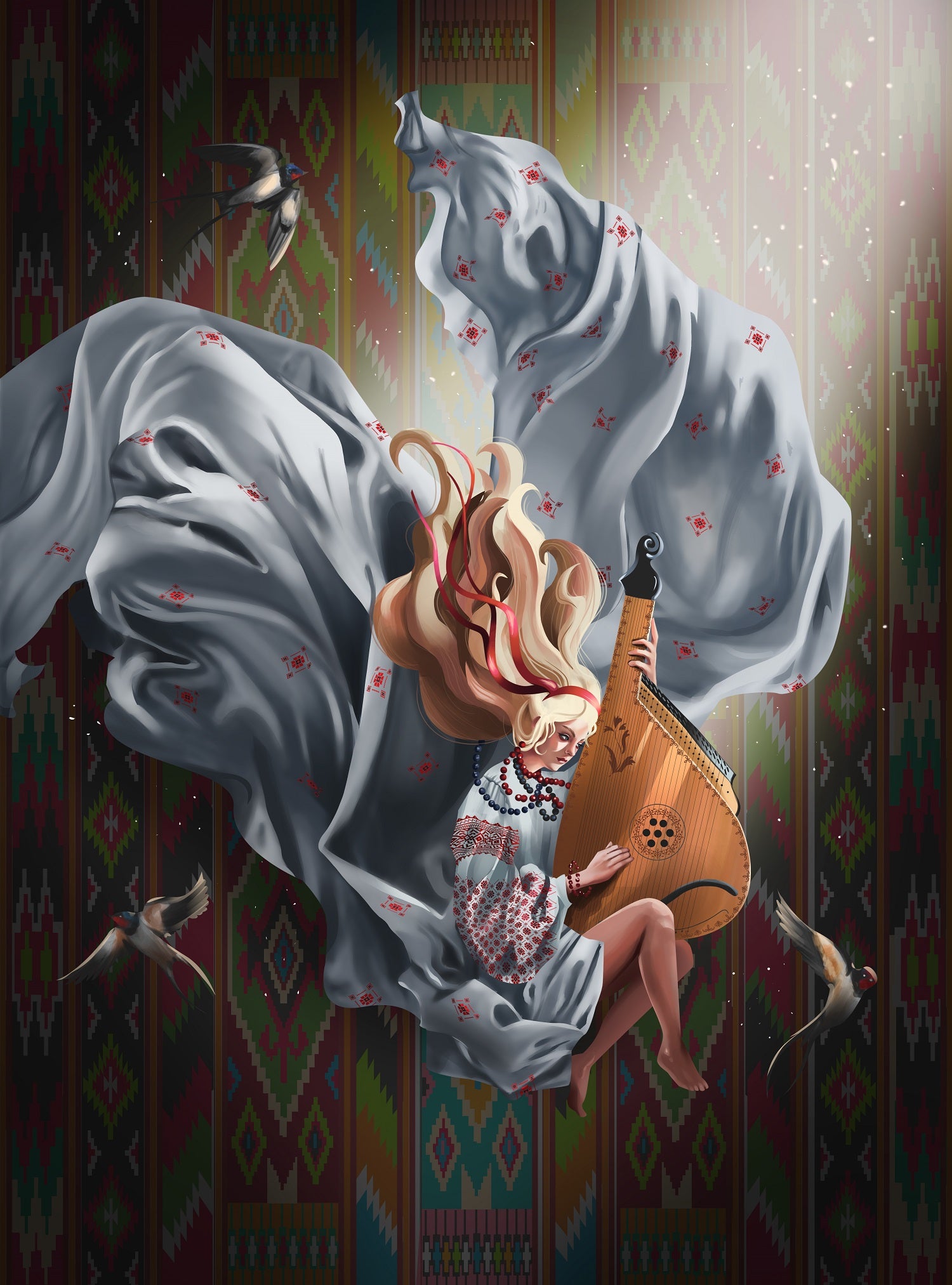
Ukranian Song
Jennifer tells me that her artwork has always been inspired by fantasy books and video games, but that more recently she has taken an interest in Ukrainian mythology and mysticism (to me, this seems like a natural extension of her existing motifs of history, culture, character, place, and lore). “There are so many Ukranian myths and mystical characters,” she says. “And there are many I plan to draw.”
It makes sense that Jennifer would mine the past for her current work since so much of humanity’s cultural magic resides within history, and magic is what she wants to create. The alchemy of the old and new, the traditions of the past combined with the techniques of the future (she draws on a digital tablet and uses Photoshop) is what makes her artwork so affecting. Her style is very much rooted in modern concept art, which makes sense considering her video game inspirations, but the subject matter feels ancient, like shrouded relics of the past dug up and reimagined for the future.
“I want to share something magical and fabulous,” she says. “I want to invent new characters and things and environments, transport the viewer to another world for a short time.”
The desire to transport the viewer feels heavier and more urgent when said by someone living in an occupied nation during wartime. Escapism suddenly feels literal. And yet, it also feels like the opposite of running away. The worlds Jennifer invites the viewer into are brimming with warmth, passion, and a spirit that is proud and righteously defiant. The characters are strong, but humble. They are alive with kinetic energy (take for example the motion in Volya and Ukranian Song) but their true power resides in their quiet potential.
You get a sense that these worlds are peaceful places that thrive on harmony. They’re worlds of art, music, dress, light, and nature. But don’t assume the people here are weak. Peace is strength. It doesn’t surrender to threats of hate or violence or tyranny. It rebukes them.
The image that first stopped me in my tracks and called me to discover more of Jennifer’s artwork is Stand with Ukraine, specifically the two women depicted in the piece. The illustrative style reminds me of the pictures inside a set of children’s encyclopedias from the 1950s that I would dig out of boxes in my grandparents’ basement and thumb through while the adults upstairs prepared dinner. Pictures like these would be found in the world geography section, presented as elegant and dignified distillations of a people and culture far away.
But Jennifer adds a brilliant twist.
One of the women holds an assault rifle. Rich cultural history has been forced to take up arms against a modern threat. But notice how the armed woman stands with the same poise and grace as her unarmed counterpart. War hasn’t changed her, it has only changed her circumstance. Her identity is an unwavering constant, like the flowers forever in bloom behind her.
It must be demoralizing for an aggressor to see an image like this—to see the people upon whom they have unleashed their aggression stand against them with such silent and understated bravery. The peaceful way they promise to defend themselves must make them a very frightening adversary. Geography can be won and lost, but a strong spirit can never be broken.
Copyright © 2022 Jennifer Sikora
The Artist
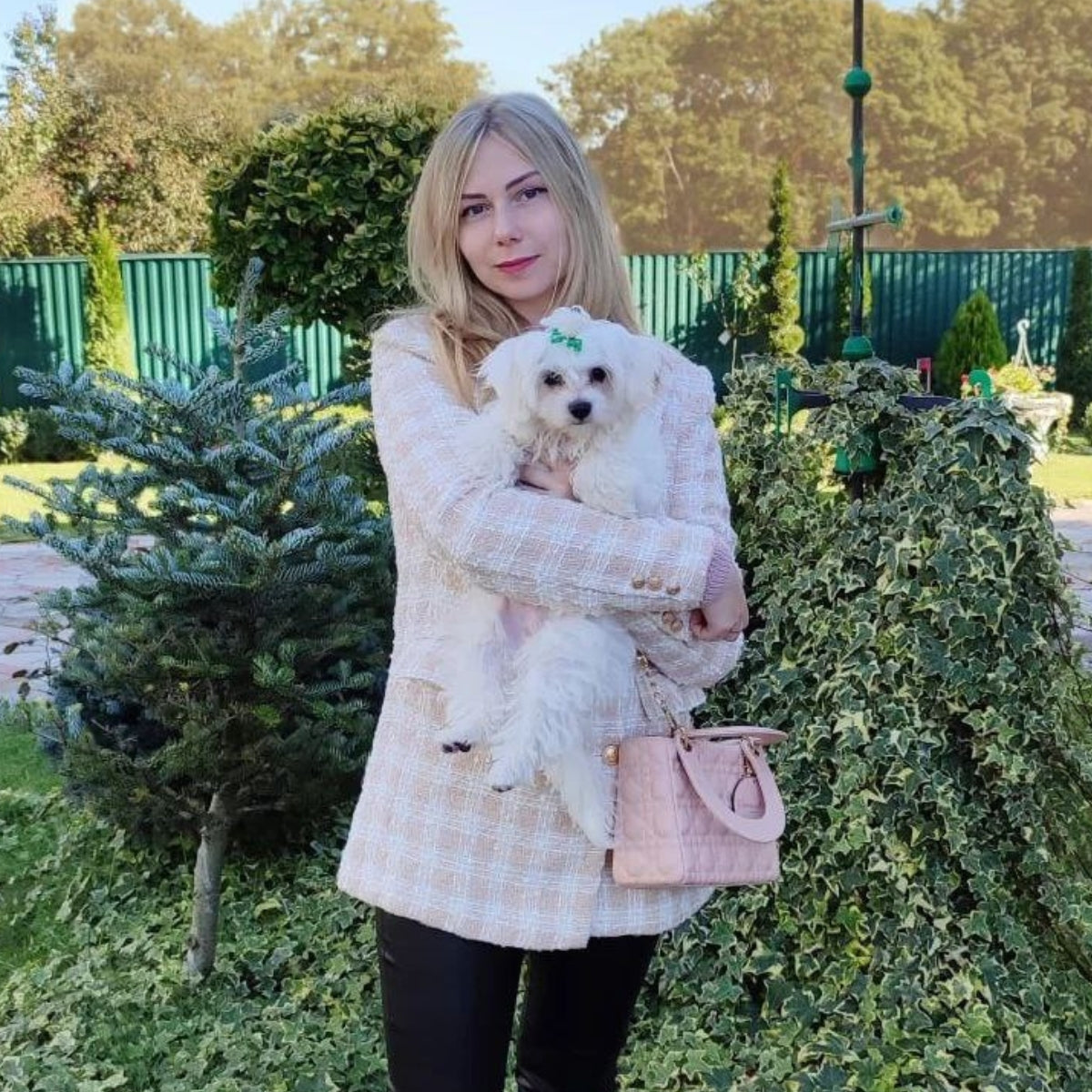
Jennifer Sikora


